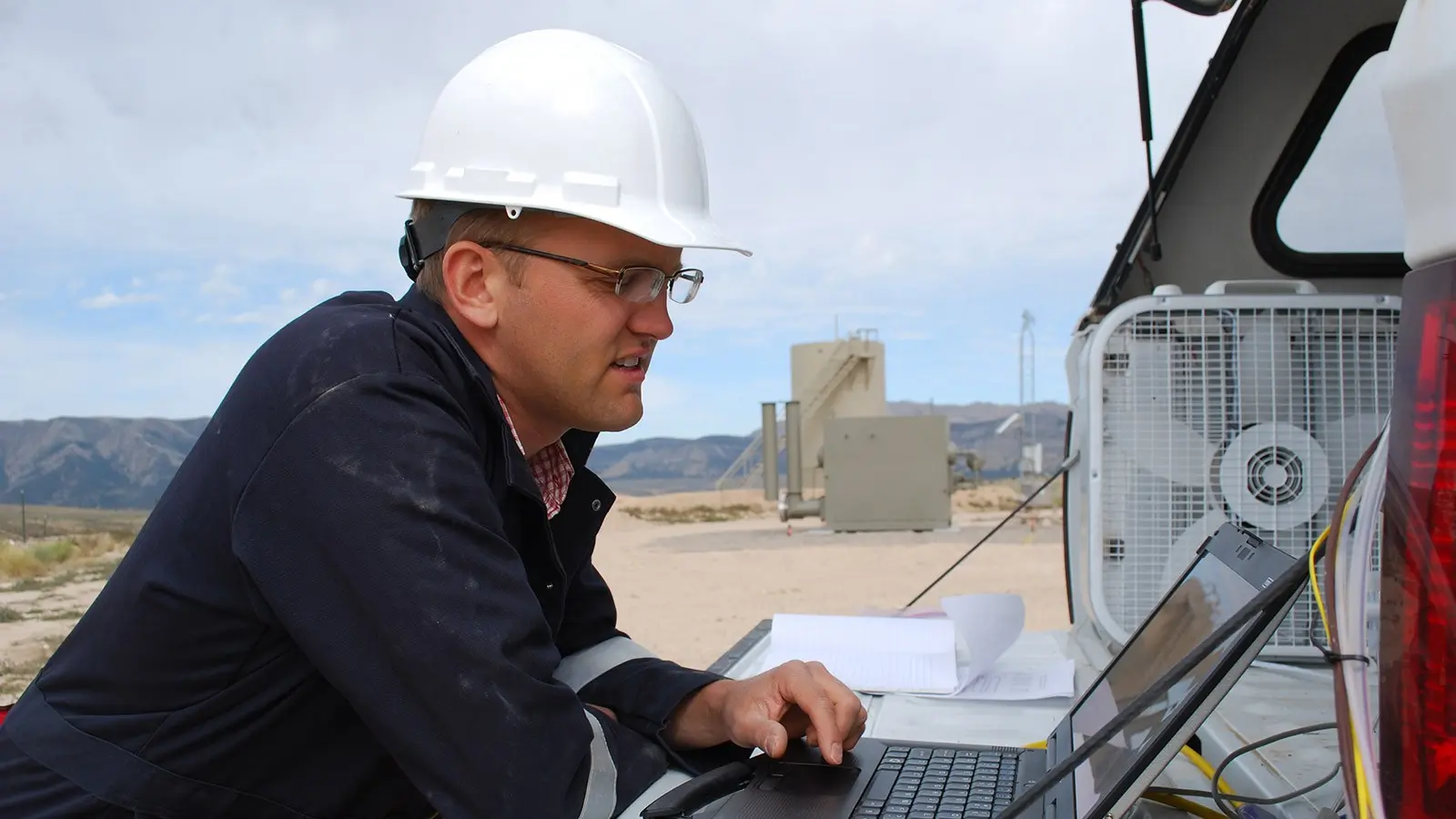It’s been a long, rough winter and those in the world of air quality control would agree. USU Bingham Research Center Director Dr. Seth Lyman provided an update on ozone exceedances this week and shared that this winter is unprecedented in the 13 winters of the research center measuring ozone. In 2013 and 2019, there was ozone over the EPA standard into March but in those cases the weather was already in a strong melt and all the snow and excess ozone were gone soon after that but what is happening this year is very different. “Unfortunately, the long-term outlook hasn’t changed from a week ago. This winter is refusing to end!” shares Dr. Lyman. “The storms in the forecast will keep ozone relatively low for now, but the chances are that they will eventually give way to at least a few days of stagnant, high pressure conditions, which will lead to very high ozone because the days are getting so long and the sun is getting so much brighter. Right now I don’t know when we can expect the snow to be gone.” Dr. Lyman noted that the low elevations are running with muddy water, even in below freezing temperatures, because the sun is becoming so powerfully bright but the rate is still slow, and the forecast says it will stay slow for the next week or so.




